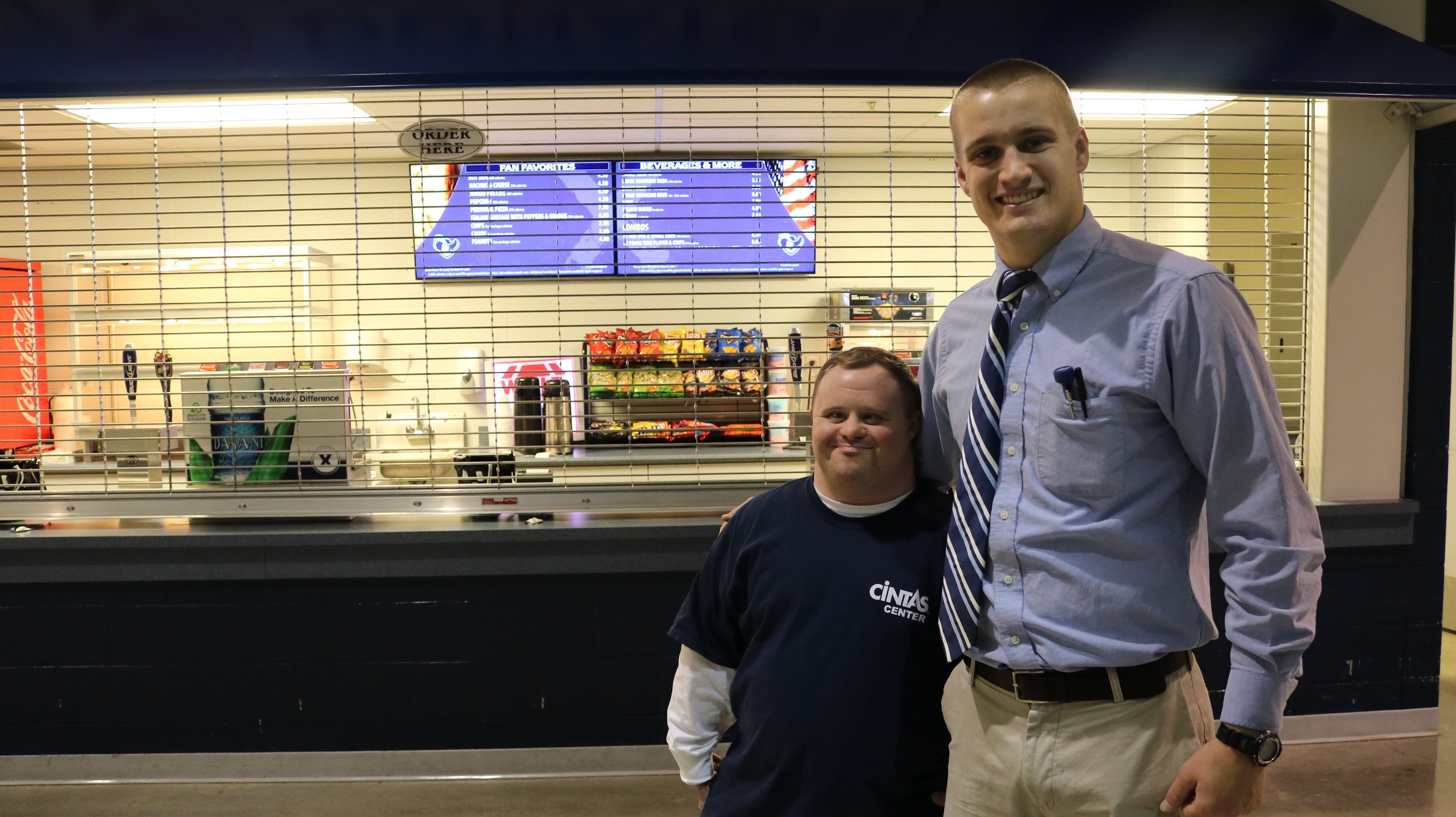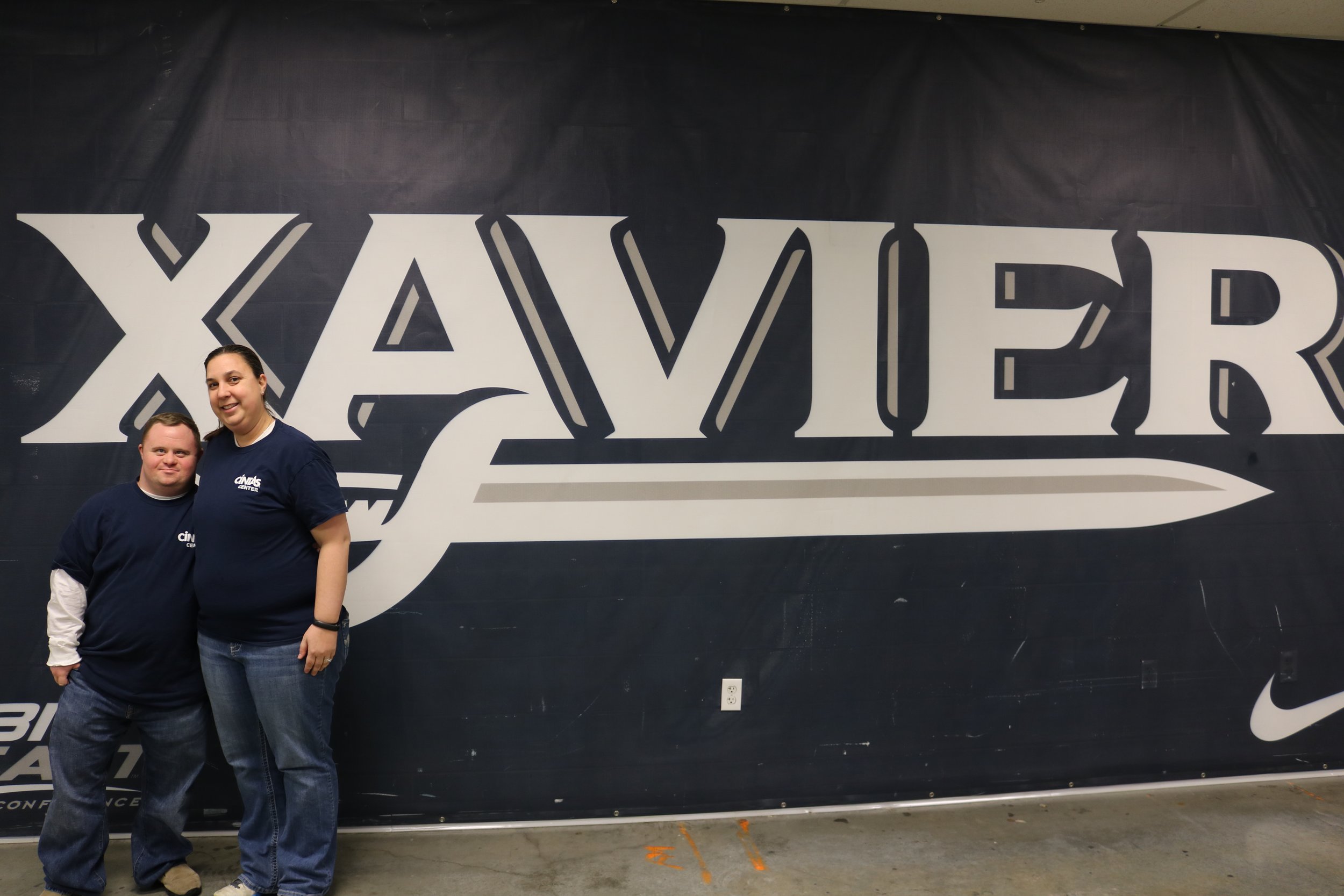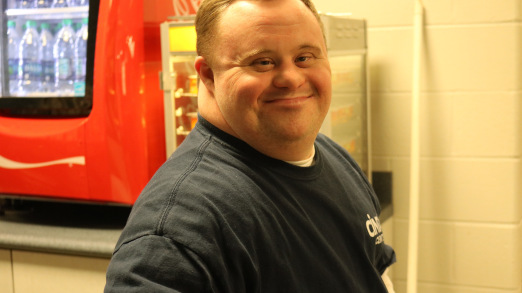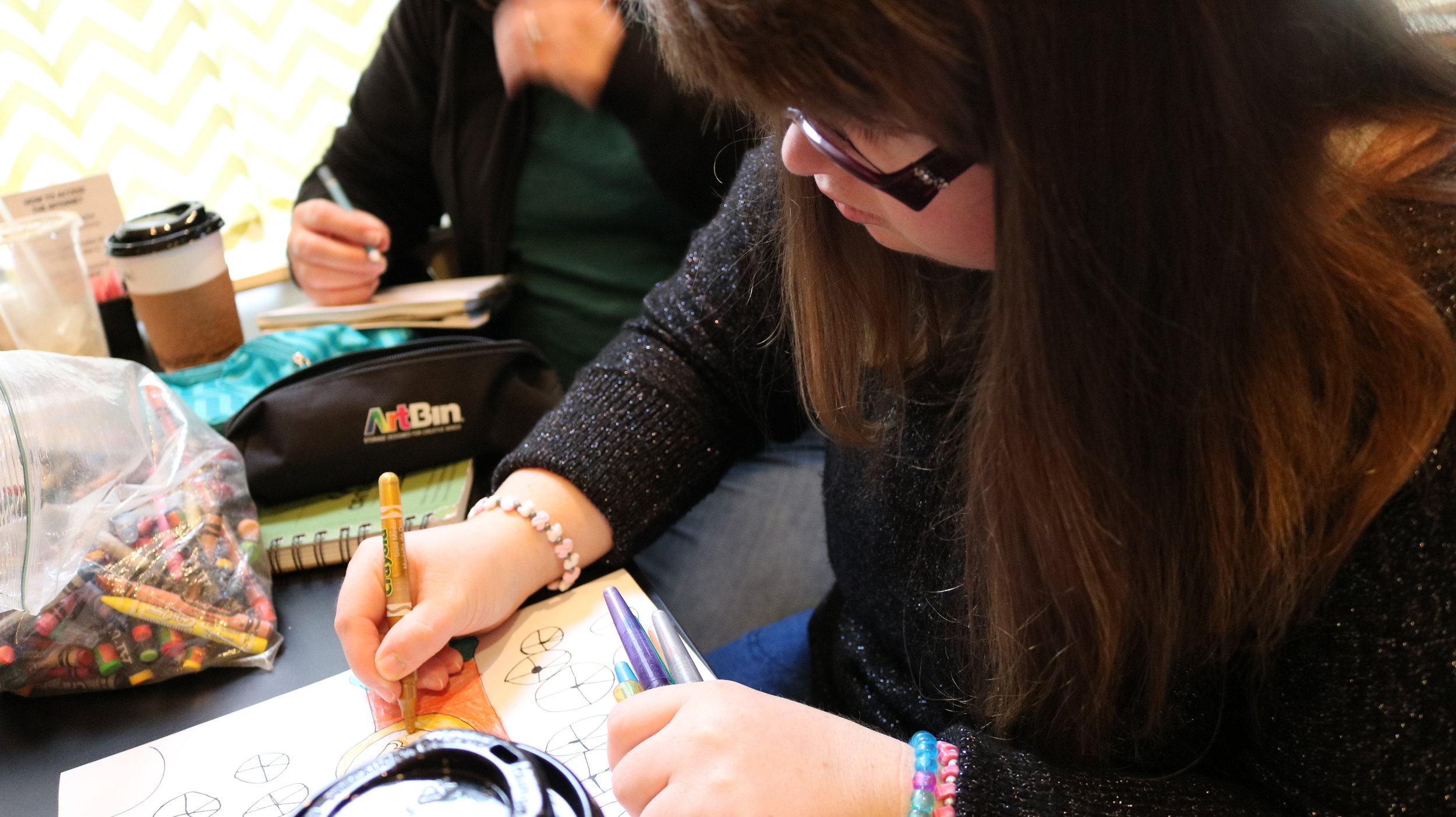 Last week, at our weekly roundtable conversation about our inclusion efforts, Amanda stood up and extended an invitation. She and Bridget had been planning a "Sip & Sketch" and she wanted to make sure everyone knew about it. They had designed it based off of Amanda's love of art. They wanted a regular place where anyone could show up and draw together, so they worked out a plan with a local cafe, and then began planning and inviting.
Last week, at our weekly roundtable conversation about our inclusion efforts, Amanda stood up and extended an invitation. She and Bridget had been planning a "Sip & Sketch" and she wanted to make sure everyone knew about it. They had designed it based off of Amanda's love of art. They wanted a regular place where anyone could show up and draw together, so they worked out a plan with a local cafe, and then began planning and inviting.
It was a beautiful moment, and the first time in the four years I've known Amanda that she stood up in front of a group to speak like this. Bridget said they had to print up extra flyers as Amanda had handed out so many of the original batch. This was obviously a big deal.
These projects are my favorite work at Starfire. They help make Cincinnati more interesting, and, of course, include someone at the center who has lived most of their life on the outside.
But they always come with a great deal of risk. Will anyone show up? Will the people who say they care about us be there? Will it even matter that we've spent all this time planning and inviting?
Our mentors always start meetings reminding us that "whoever shows up will be the ones who were meant to be here." It's a nice way of hedging our bets in case no one else shows. It's a preventative protection against the rejection we are constantly absorbing with and on behalf of each other.
The first monthly "Sip & Sketch" was planned for a Thursday in March. Holy Thursday, ironically, when the image of people breaking bread together is top of mind and we prepare ourselves to think about hope-lost and hope-found.
It was supposed to start at 6:30.
When Bridget and I arrived at 6:15, Amanda and her mother and sister were already there with coffees in hand, huddled around a small table in front of the cafe.
We ordered our own drinks and made our way to the back of the cafe. It was crowded, with people on their laptops, working quietly on their own . There was an open table of four, which was perfect for these four brave women: Amanda, Beth, Andrea and Bridget.
But what if other people showed up, as we hoped? There were only two small tables unoccupied. I pulled one of them over to make room for six, expecting that at least two would show up...wouldn't they?
In a moment of daring, I pulled over the second table, making room for eight. It was a risk. If those four extra seats remained empty, it would be another wound for Amanda and her mother and sister, who have had years of sitting, walking and being alone together. And it would be rough on Bridget, who poured her heart into honoring Amanda's love of art, birds and eclectic conversations by connecting her with others who share the same orbit.

The clock hit 6:45. It was pouring down rain. We were all thinking the same thing: Surely people are caught in traffic, or waiting for the rain to let up. Surely it won't be just us here tonight. Right?
I started making the excuses in my head: rain, Easter weekend. I began telling myself it was no big deal: This is the first of a monthly gathering....Surely we'll end up with a few more next month and a few more the month after that?... I started doing a mental analysis of how we could get more people here next time. I even asked Amanda if she was open to having a featured artist each time, thinking "at least that means one person would show up." I saw a woman walk in who had a cup of coffee and looked our way with a smile. She sat down by herself with nothing to do. "Maybe she is looking for us," I thought. I gathered some dishes to take up, and intentionally walked by her to make the invitation. "No thank you," she said. My hopes sank.
The clock hit 7:00. Amanda began asking about people by name.
"Is Ursula coming?"
"Is Grey Coming?"
"Is Jen coming?"
Each time she asked, I winced. I thought it might be time for me and our two sons to make our way over to their table. At least the three of us joining them would fill up the table. Maybe Amanda and her family and Bridget would forget that no one else had showed up if we filled the empty chairs. And I reminded myself of those hollow words "whoever shows up will be the ones who were meant to be here." I guess it was just Amanda and her family and Bridget and our family meant to be here tonight. I want to believe those words so much, and I tell others that same thing so they won't feel rejected, should the worst happen. But deep down, we know it hurts.
And we all knew the worst thing we feared about tonight was going to happen: No one, despite our best efforts, was joining us.
And then....Jen walked down the hallway!
My heart leapt and I sighed. Thank God for Jen! We thought she might come. She said she would. And she did!
"Michaella is up front getting coffee," Jen said as she gave us all hugs and sat down next to Amanda.
Michaella was here? Awesome. Thank you, Michaella! That's two! OK, we're good. The day was saved.
Moments later, Grey walked in, apologizing for being late, and brightening up the room with her big beautiful smile. Grey! You are more amazing to us right now than you could ever imagine! She pulled out her watercolors and started catching up with Amanda and getting to know Amanda's family.
There was only one empty chair, and Grey arriving had already filled our wildest dreams for the evening. These seven ladies all chatted and complimented each other's art.
Who could ask for anything more?
And then Ursula walked in. She even had a copy of her comic book for Amanda! Sweet, thoughtful, wonderful Ursula.
What a big beautiful, full table of artists.

Bridget and I left around 8:30, and exhaled. All of our hopes and fears and worries and doubts had left us mentally and emotionally exhausted.
But it was all OK. We held that last image of them happily chatting and working away.
And Jen even texted Bridget a short while later that a patron had come over to the table and asked to be included in the next one!

These are the moments that keep us all going. The risk for people like Amanda and her mom is a big one: If you put yourself out there, what happens if no one shows? Does that mean you're "supposed to be" alone? Do you eventually stop trying?
And if you're Bridget, it might seem tempting to avoid the potential letdown by doing something that doesn't require anyone but you and Amanda. If the two of them go bowling or to a movie, there's no hurt if no one else shows.
Avoiding rejection is a safe place in the short term. But it's a lonely place. I wonder if Jen and Grey and Ursula and Michaella know what it means that they showed up. Sure, it's nice, but do they have any clue how important it was that they chose to spend an evening drawing instead of getting home early on a rainy night? Do they have any inkling of how beautiful their choice was?
The people who were supposed to be there showed up last night, even if it wasn't on our timeline. Holy Thursday, indeed.


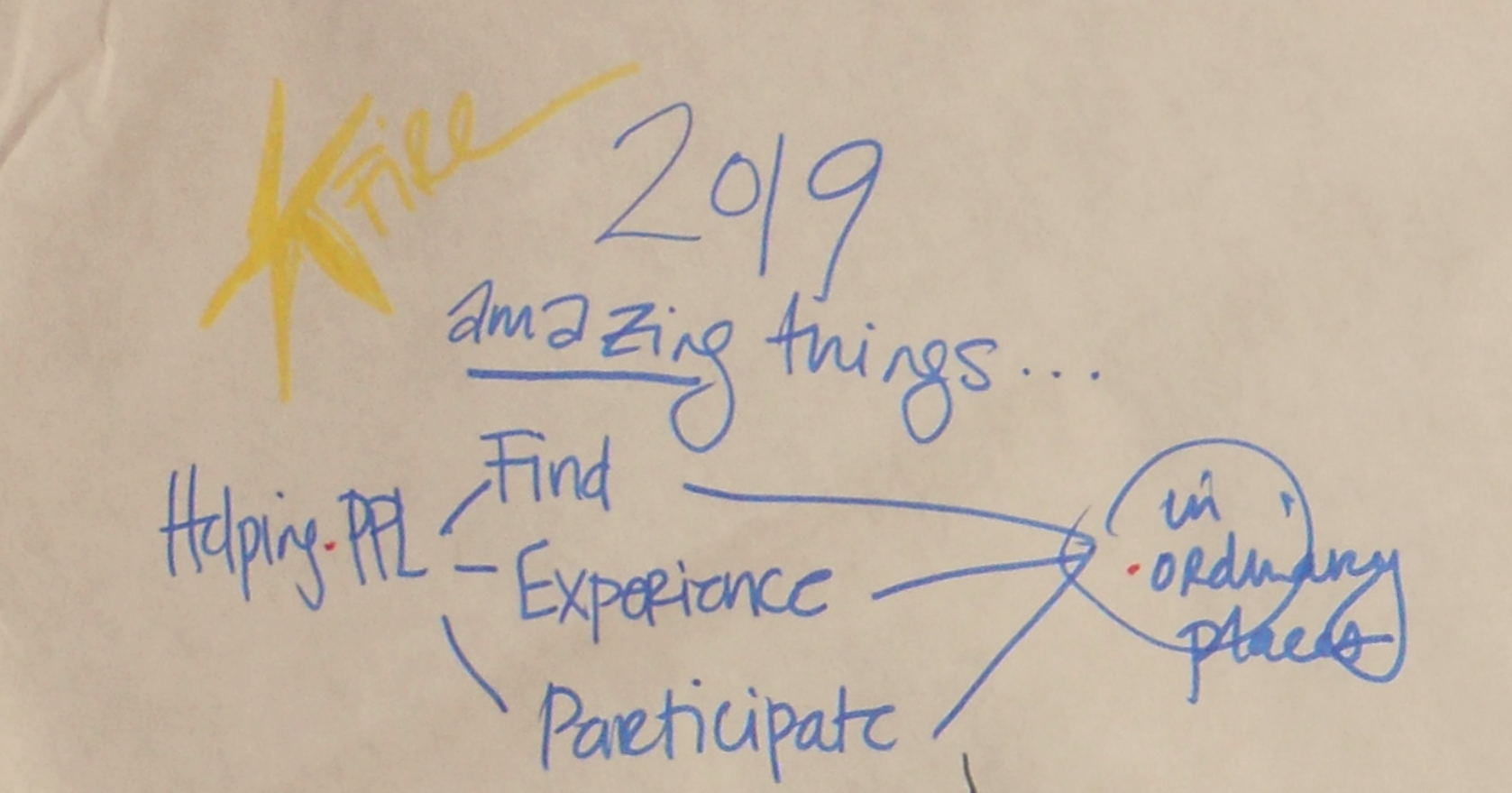
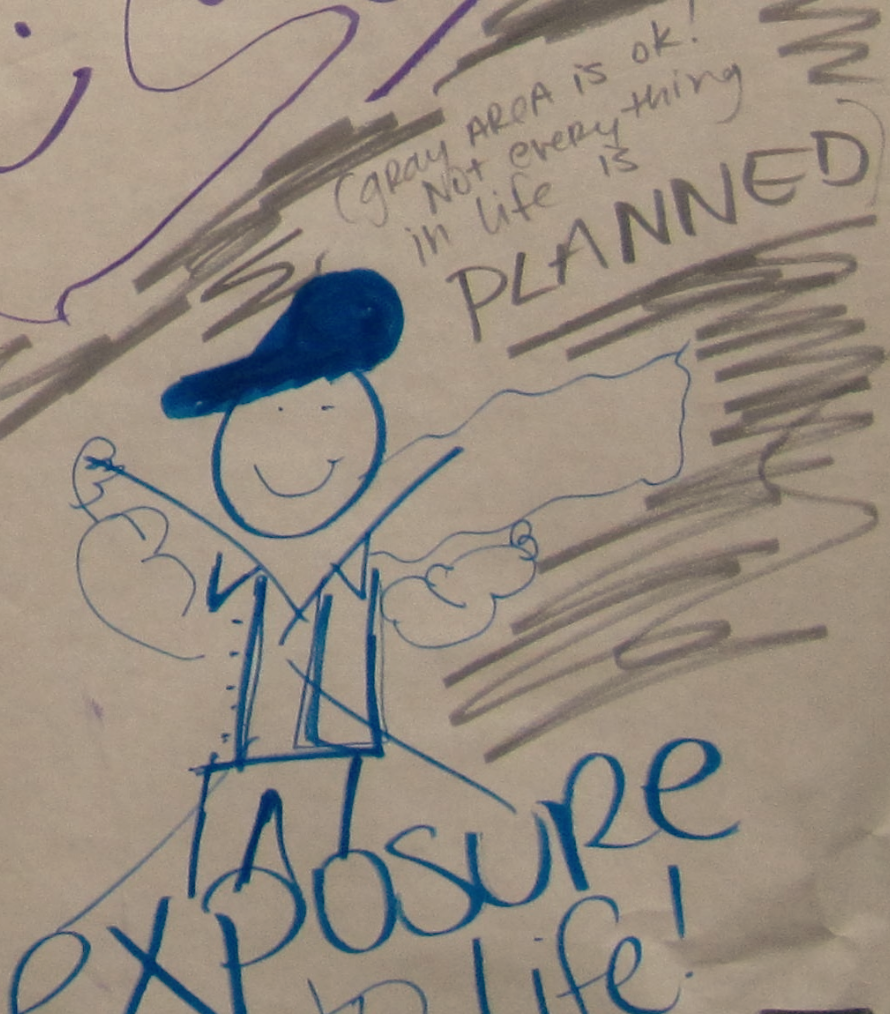
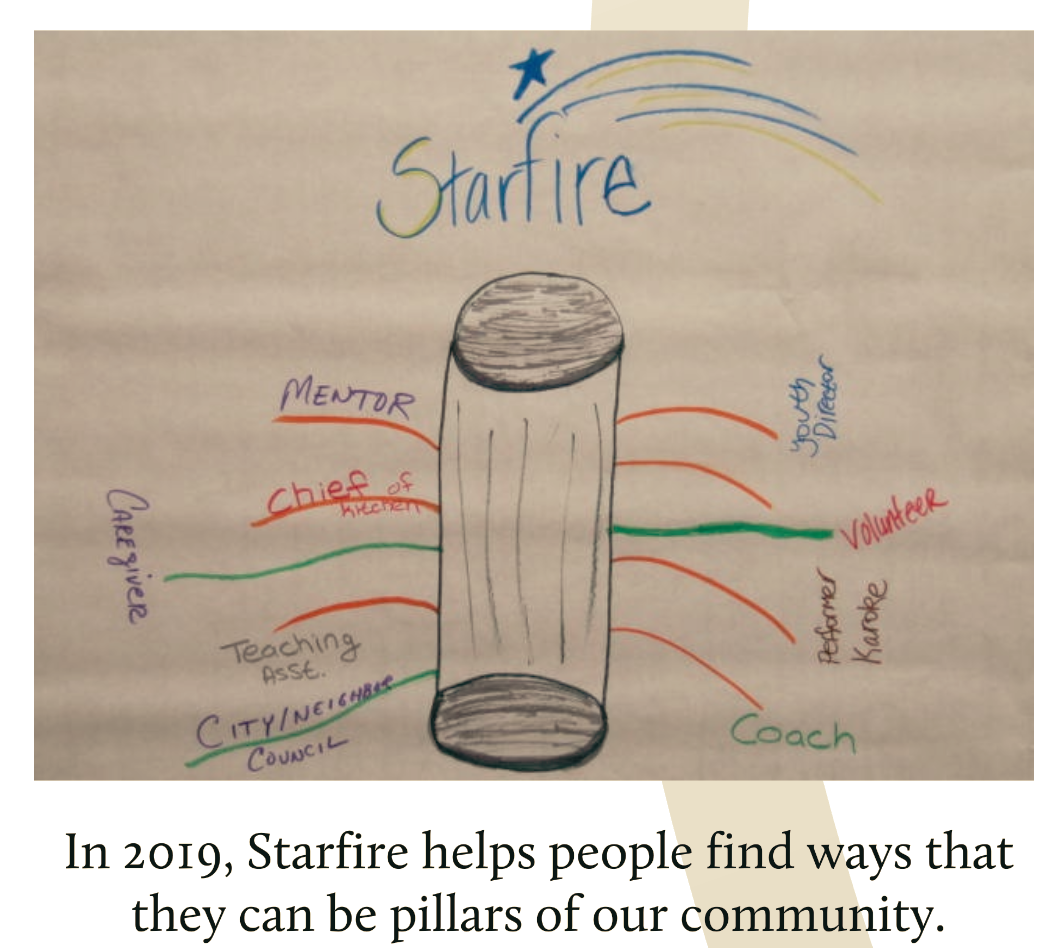
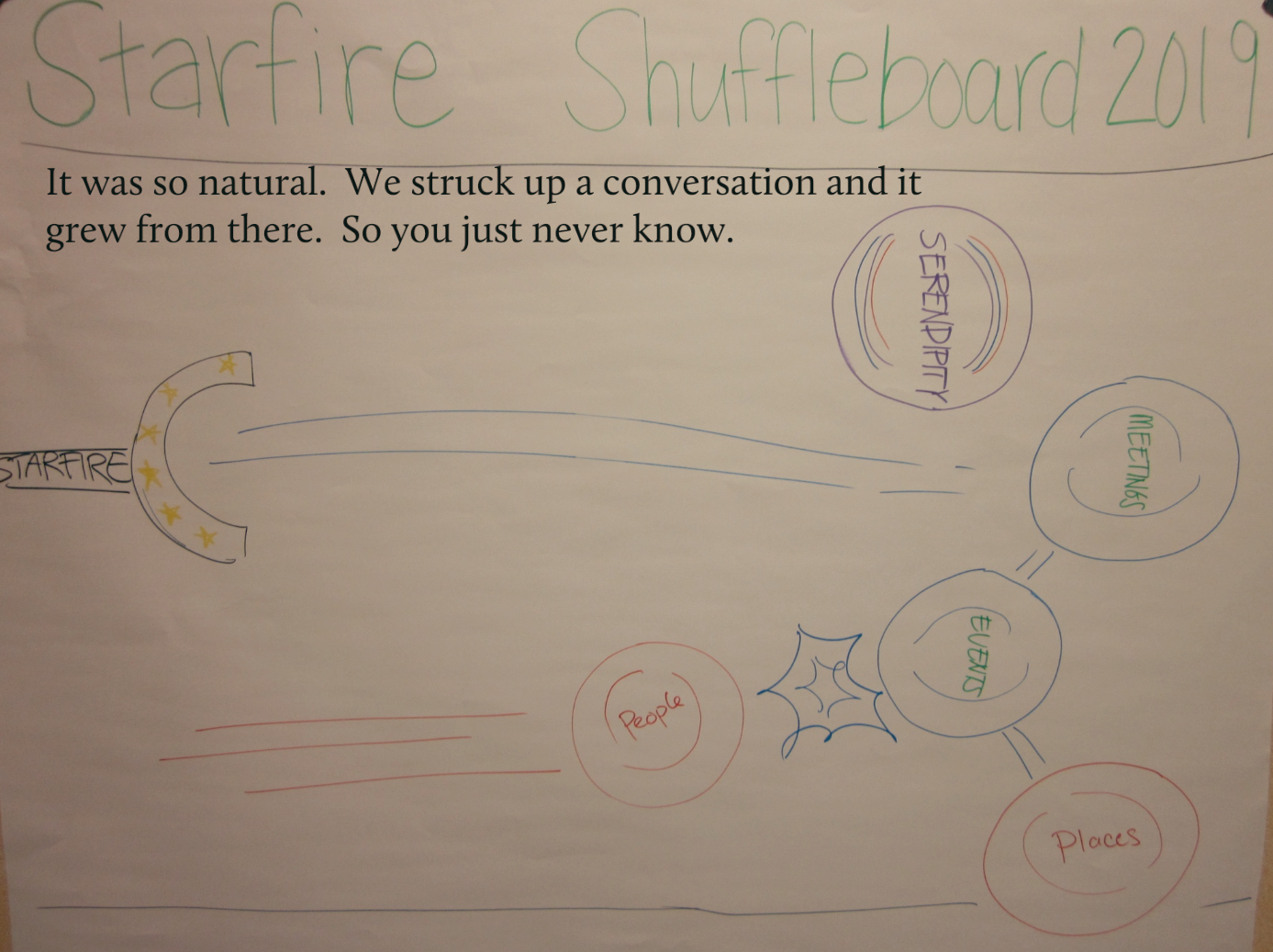
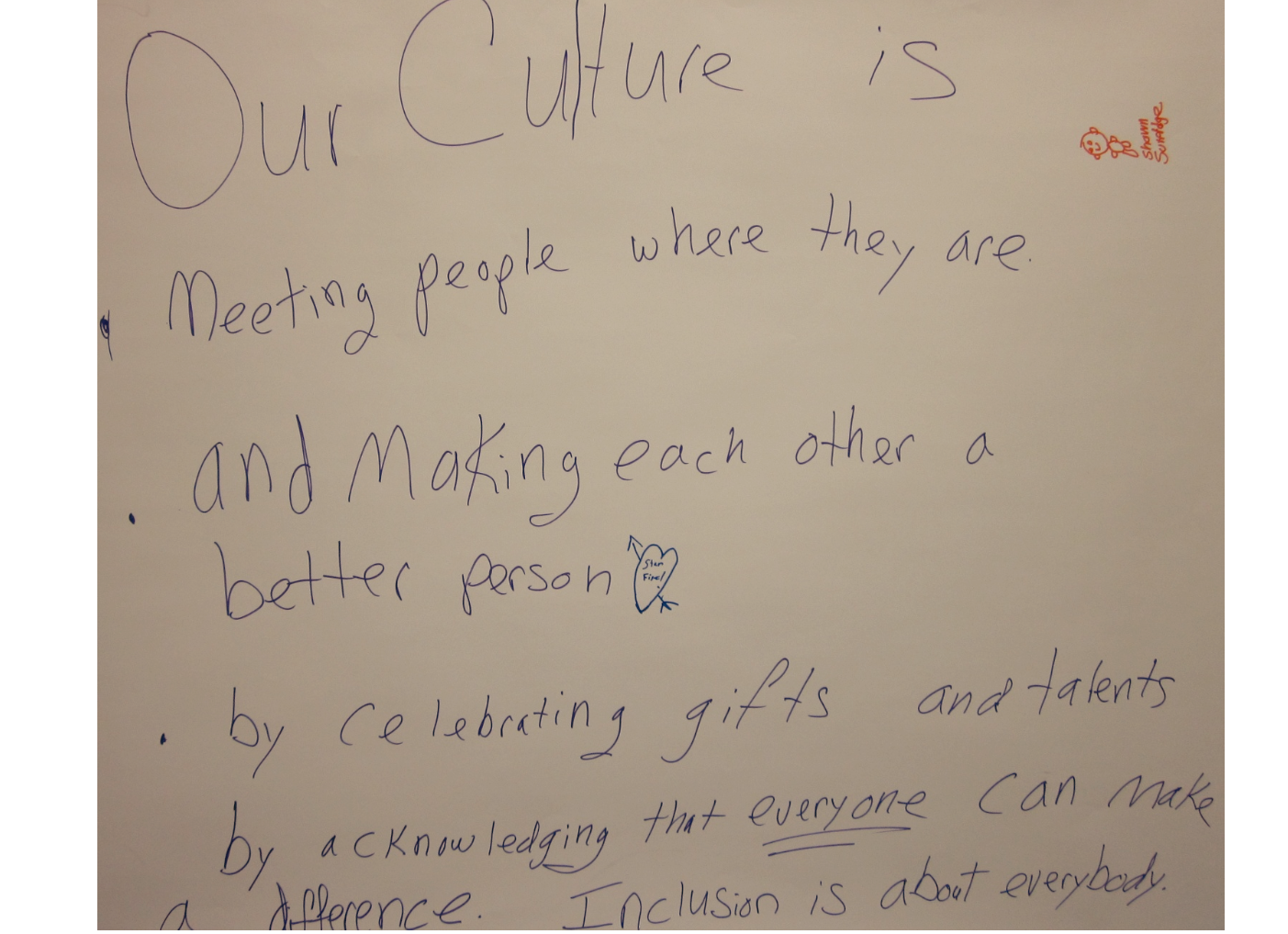
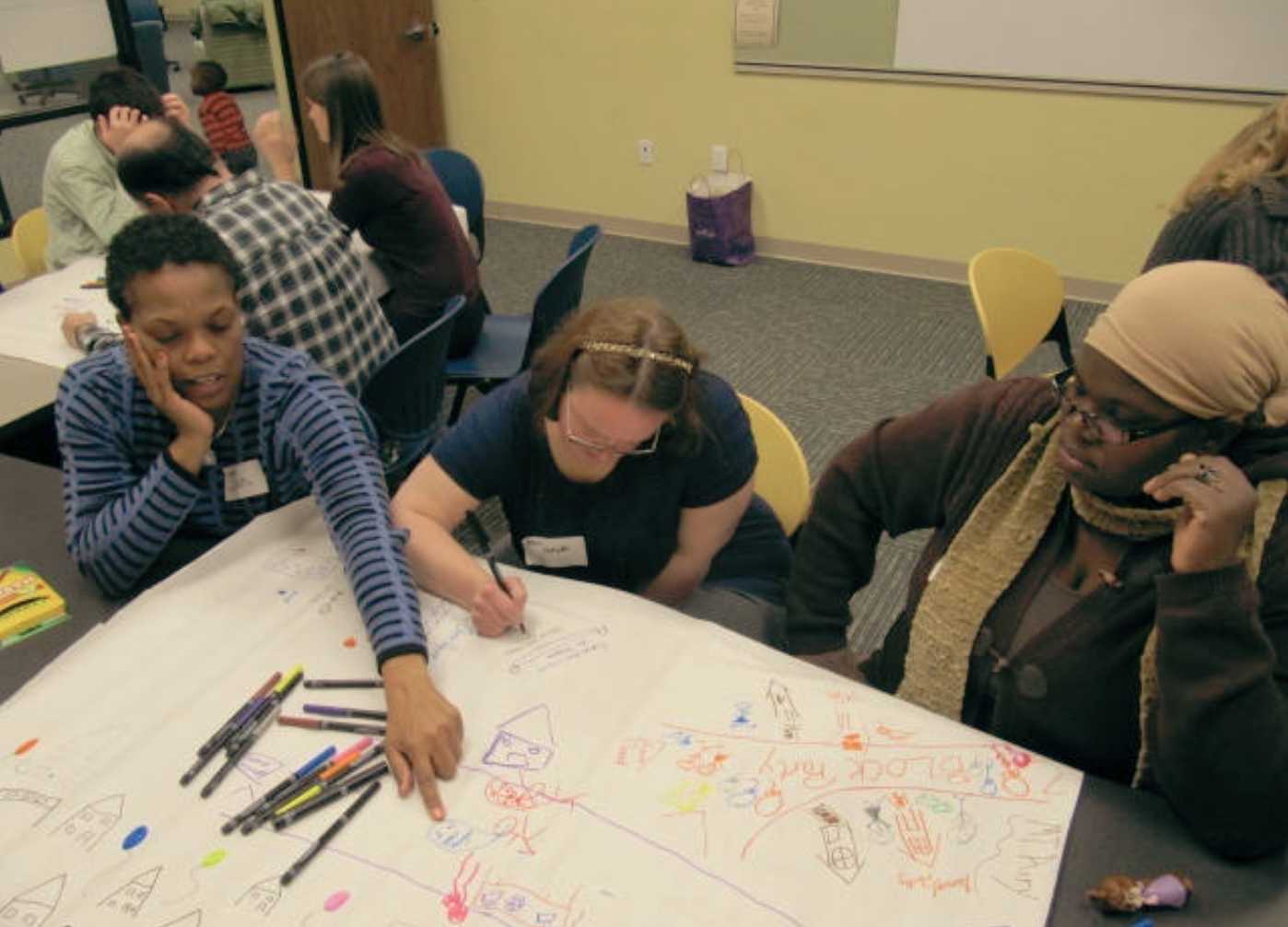
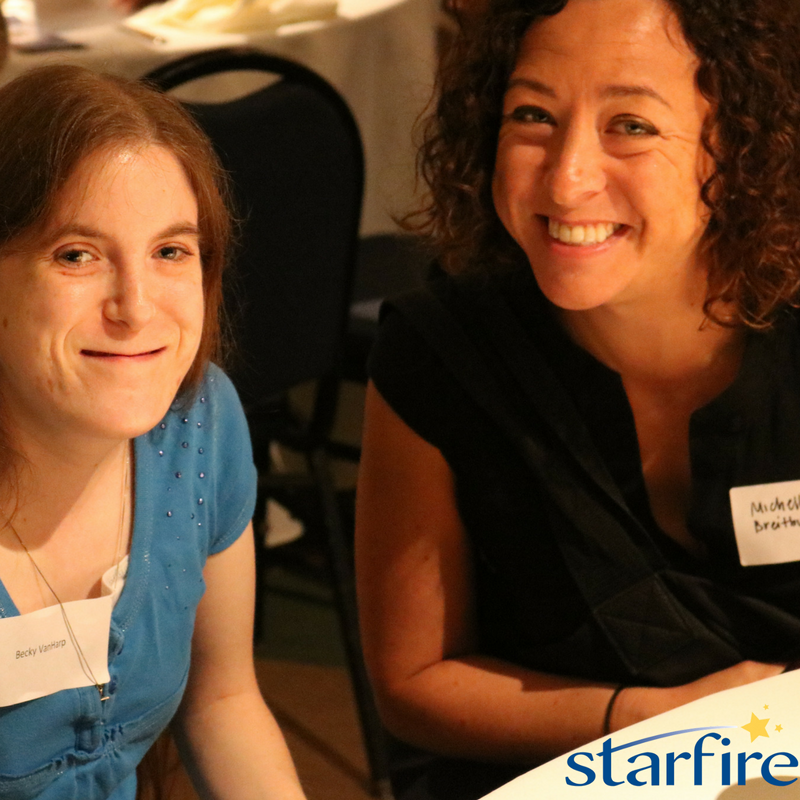
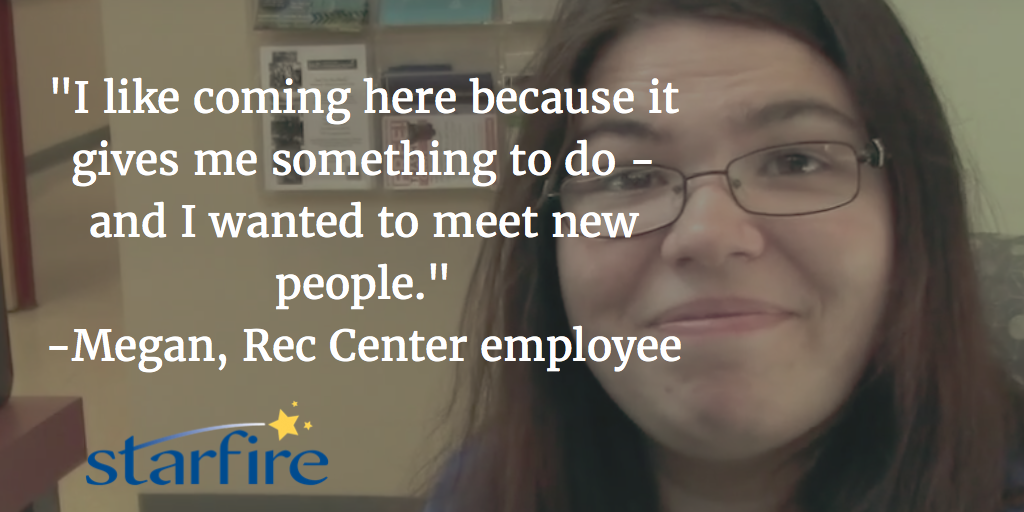
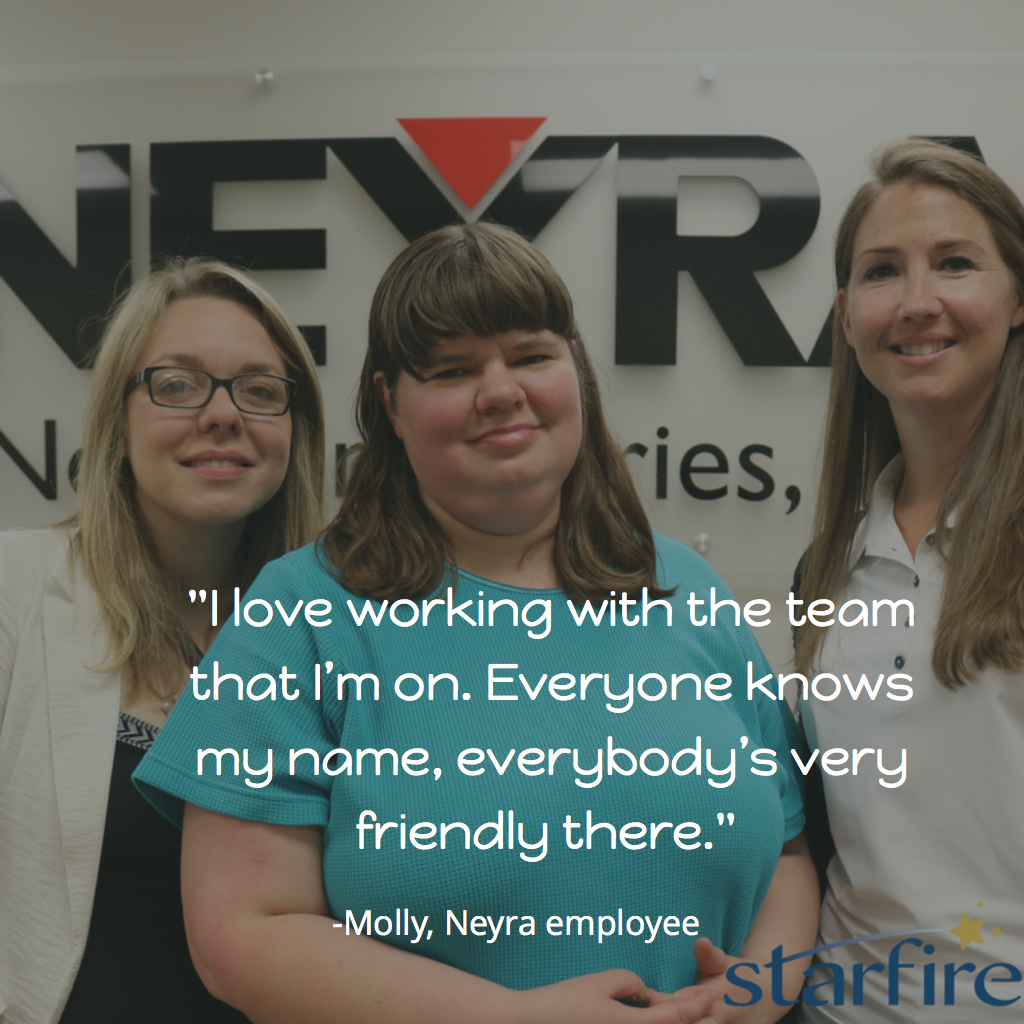
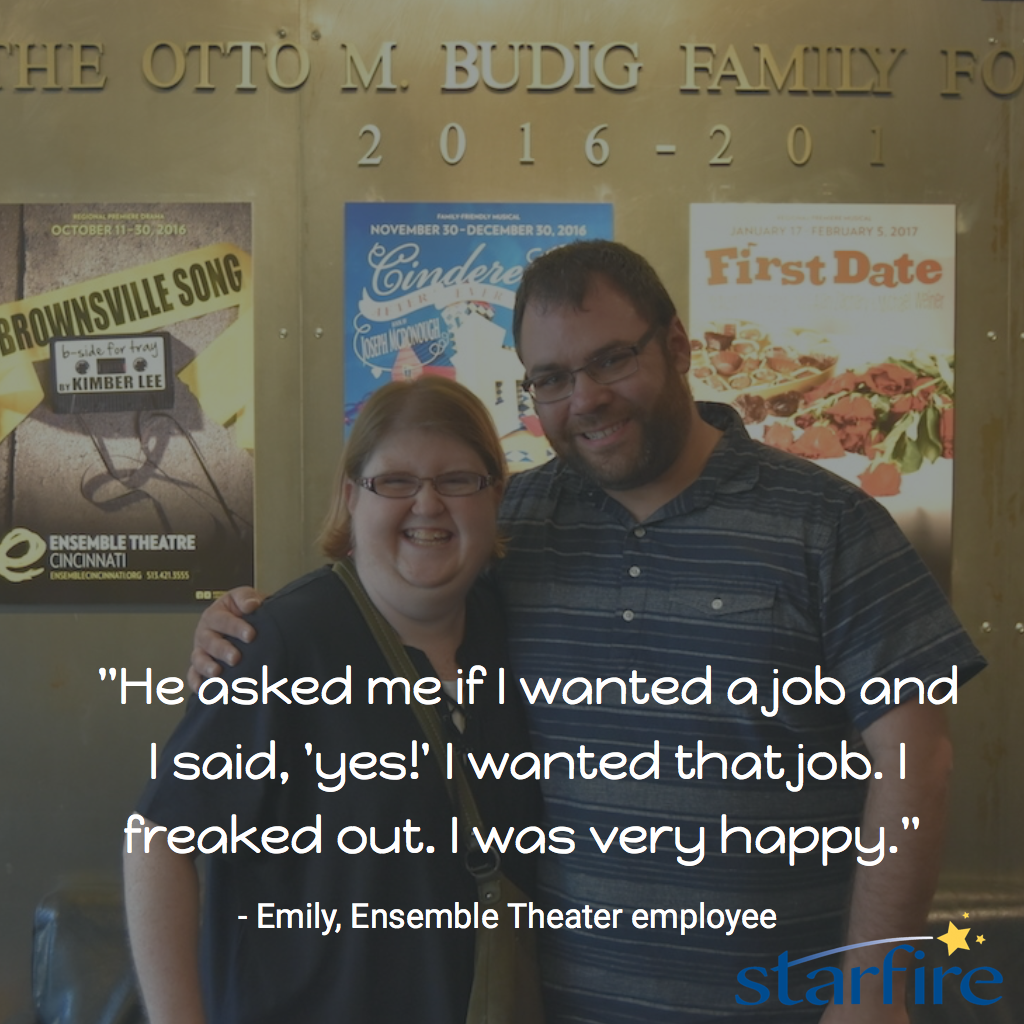
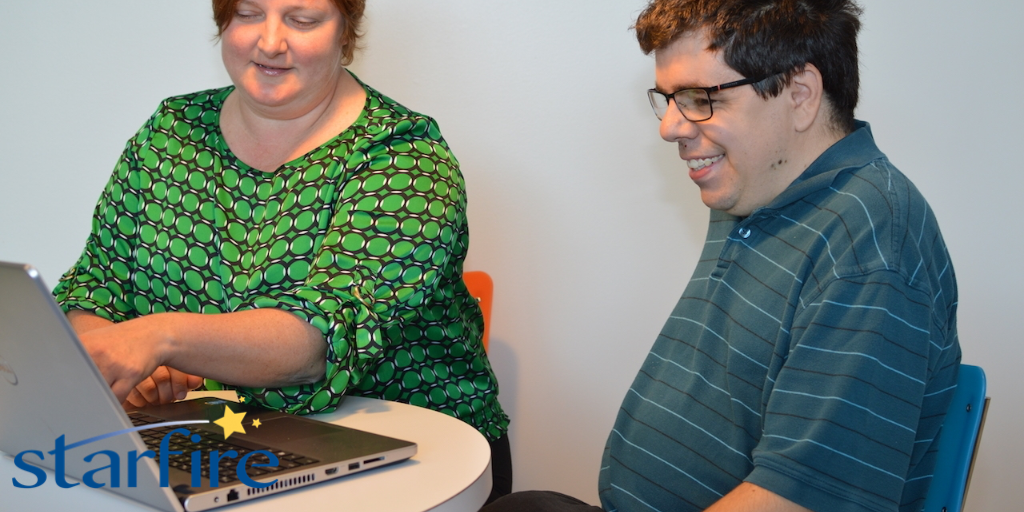
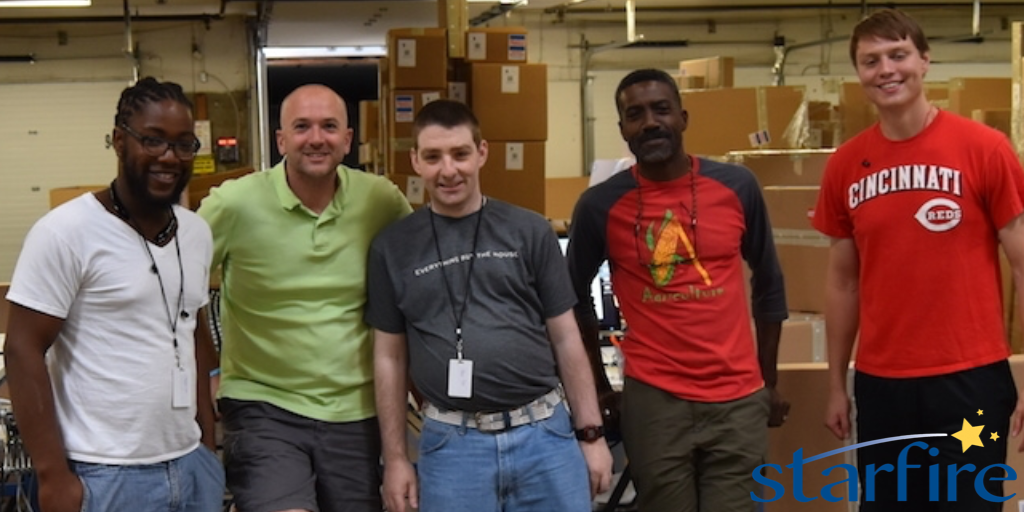
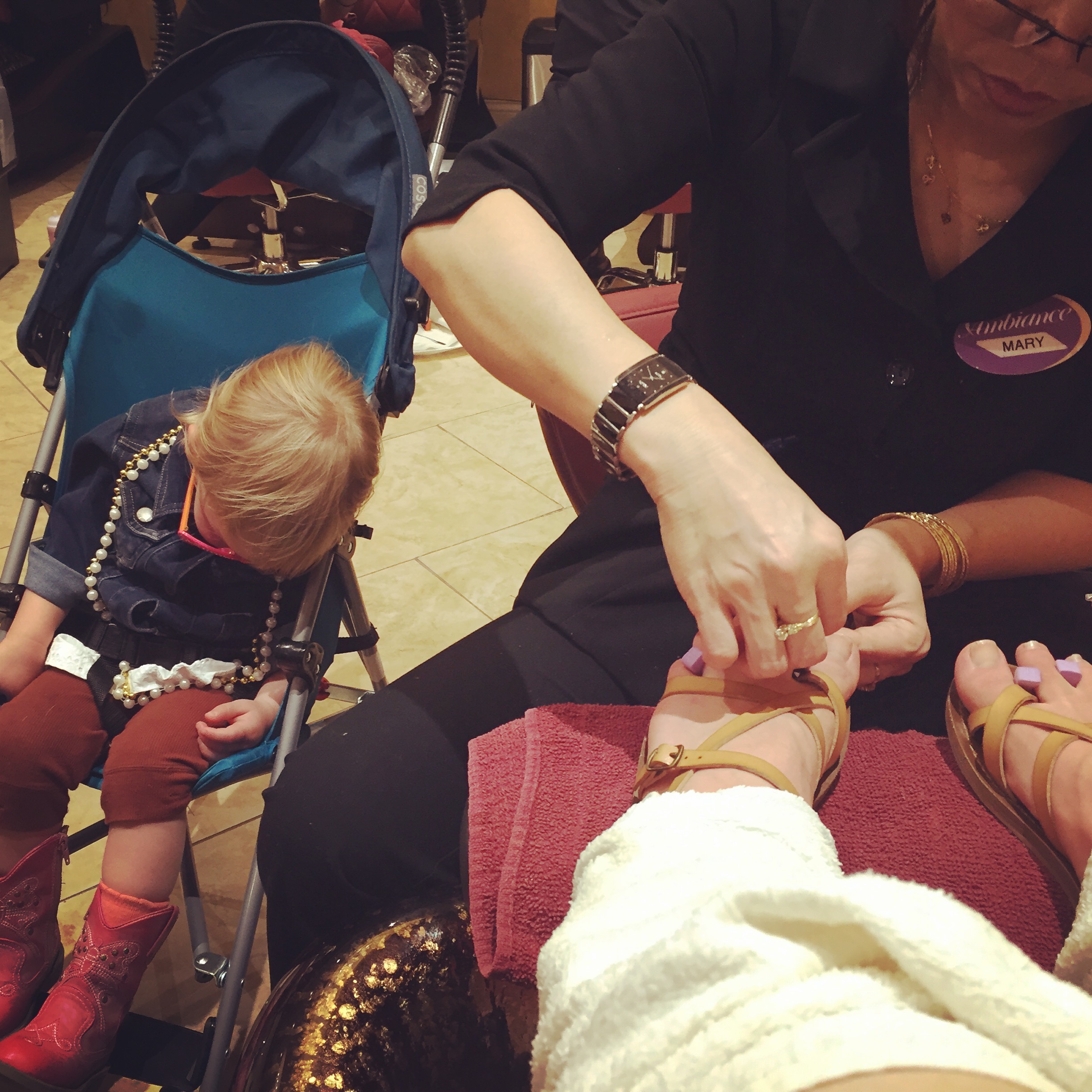


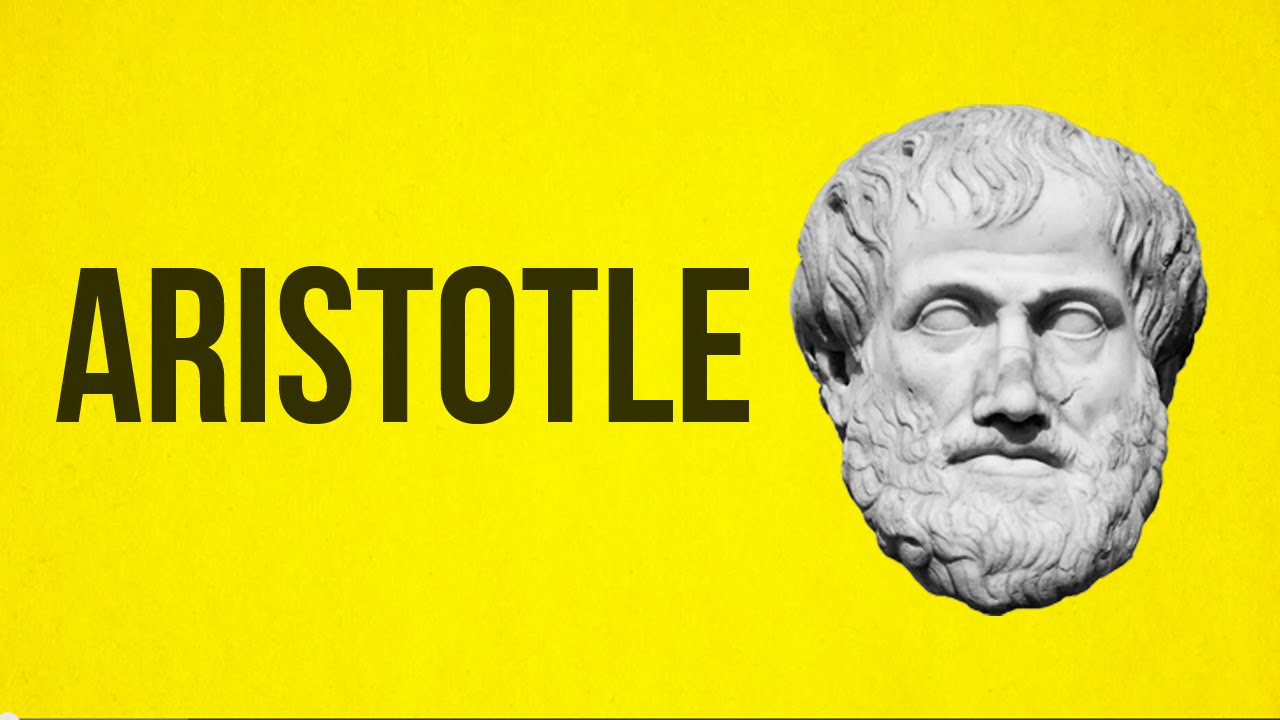





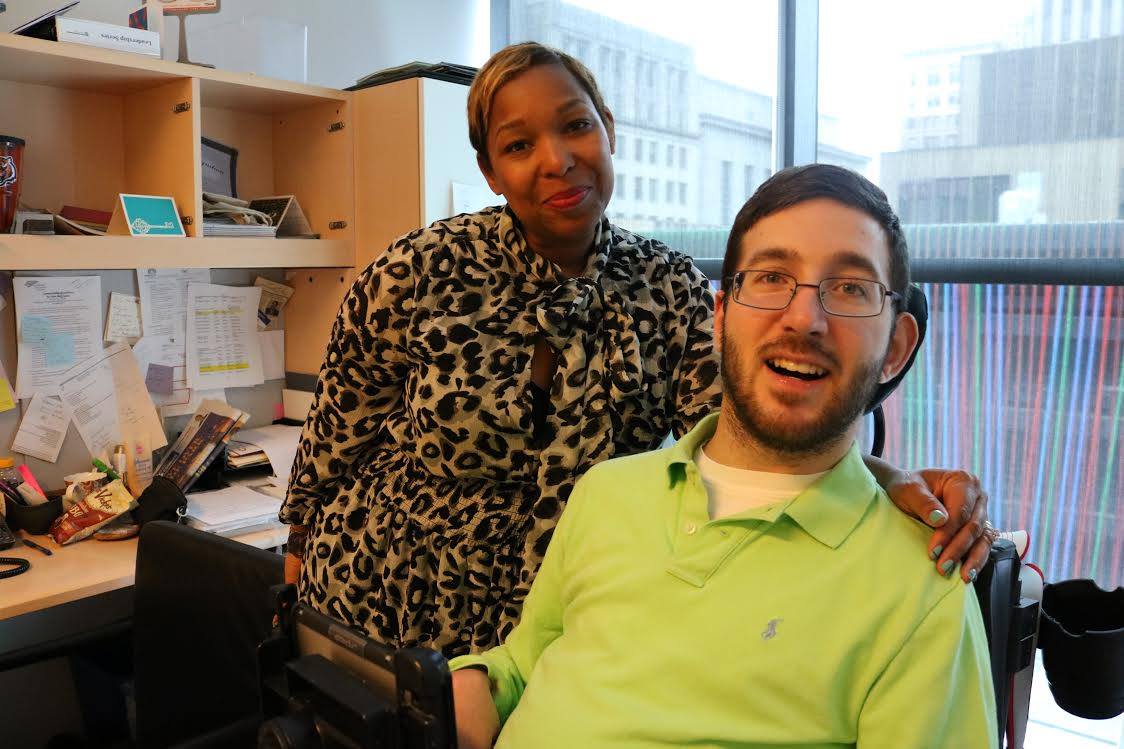

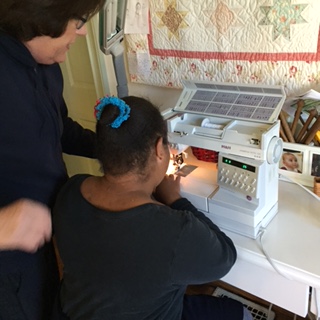
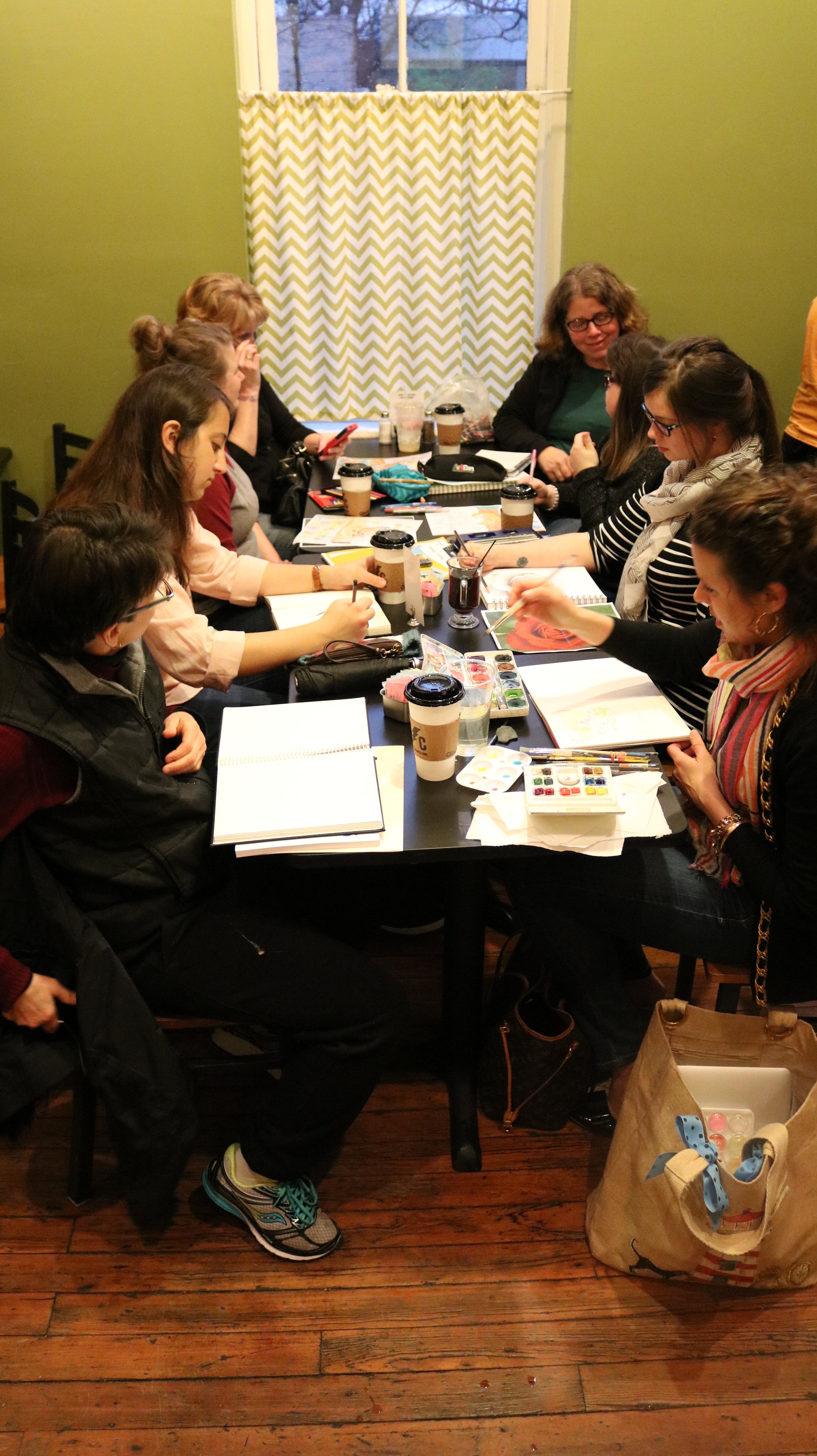

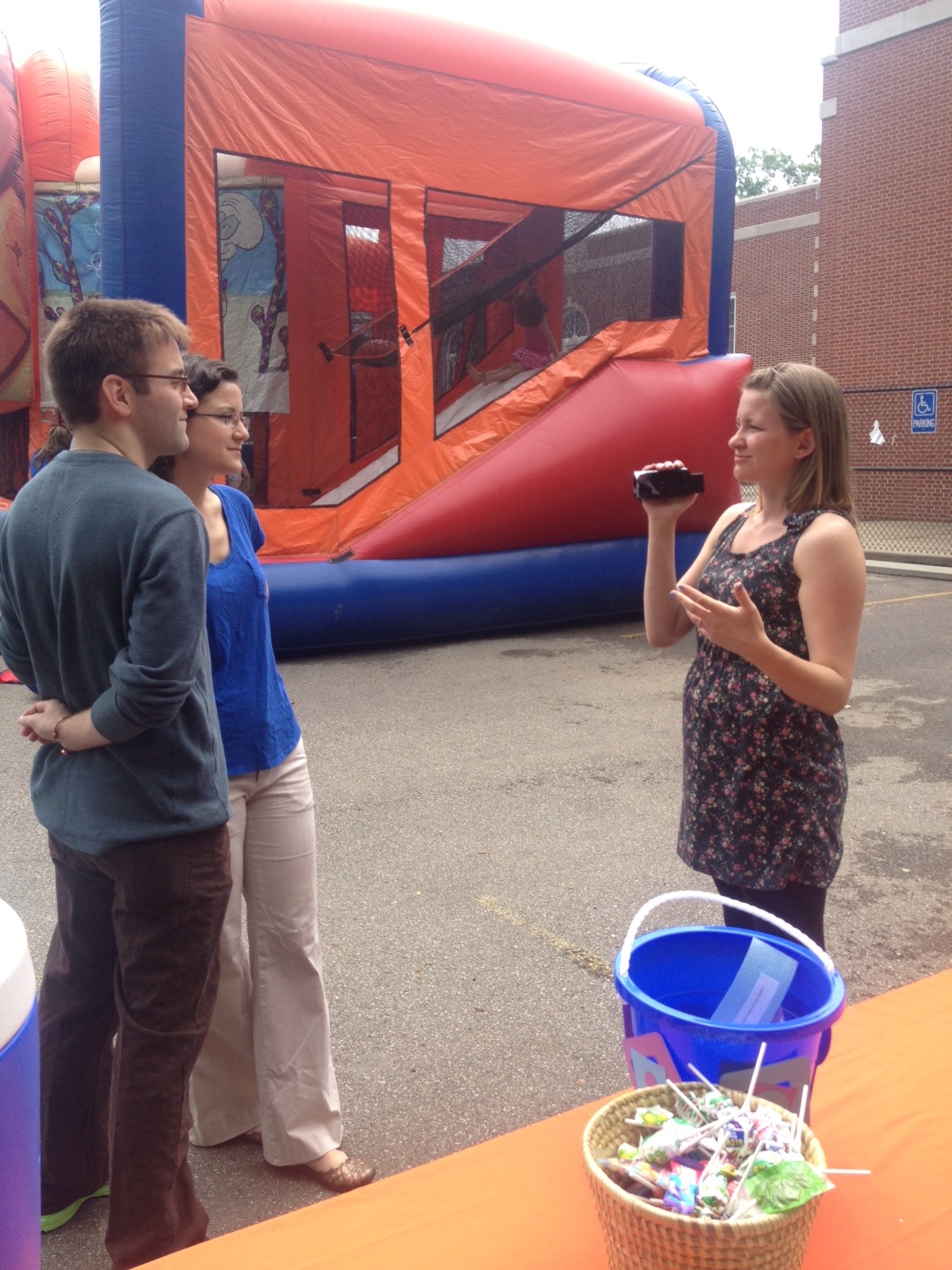
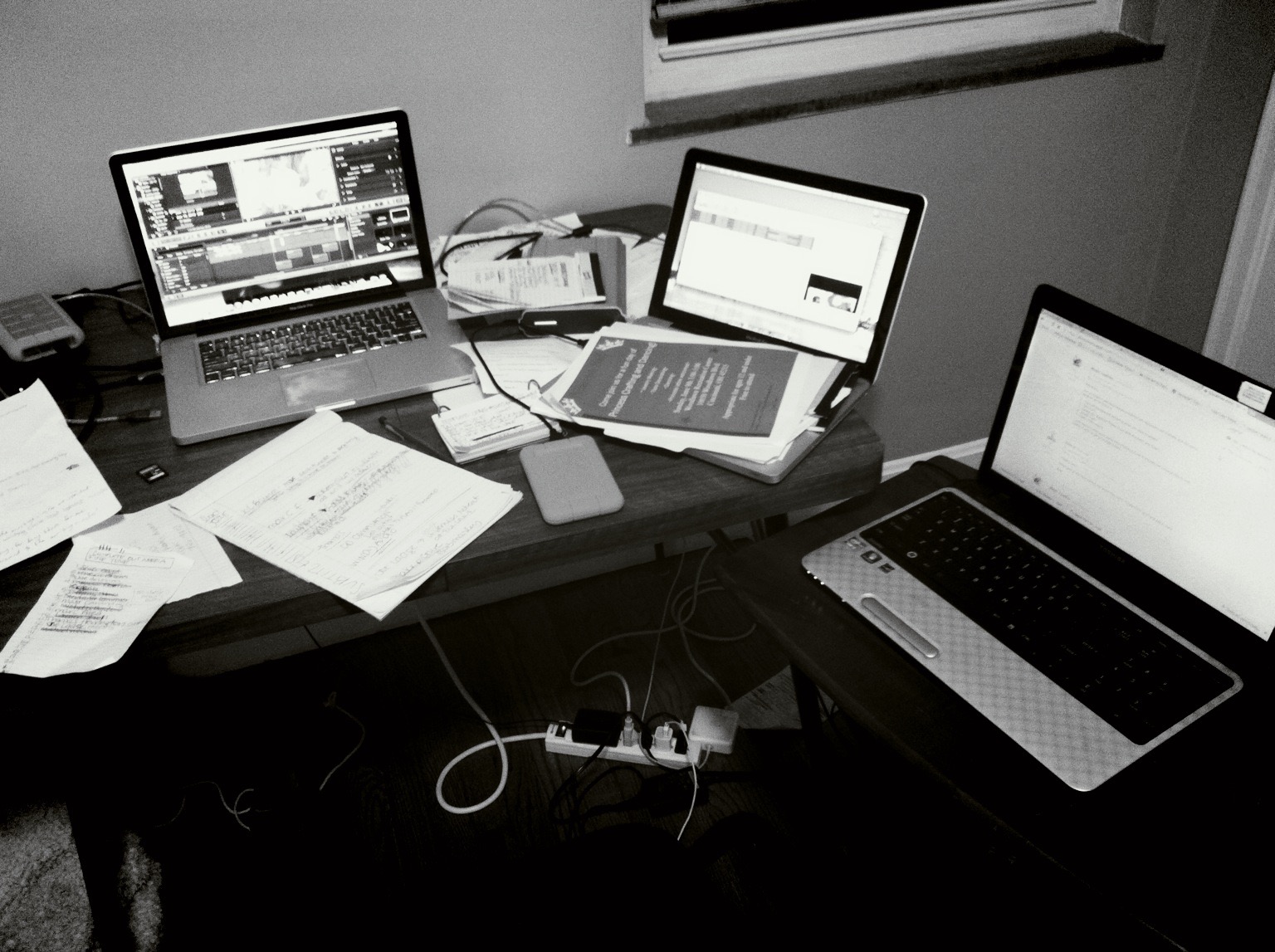

 Last week, at our weekly roundtable conversation about our inclusion efforts, Amanda stood up and extended an invitation. She and Bridget had been planning a "Sip & Sketch" and she wanted to make sure everyone knew about it. They had designed it based off of Amanda's love of art. They wanted a regular place where anyone could show up and draw together, so they worked out a plan with a local cafe, and then began planning and inviting.
Last week, at our weekly roundtable conversation about our inclusion efforts, Amanda stood up and extended an invitation. She and Bridget had been planning a "Sip & Sketch" and she wanted to make sure everyone knew about it. They had designed it based off of Amanda's love of art. They wanted a regular place where anyone could show up and draw together, so they worked out a plan with a local cafe, and then began planning and inviting.




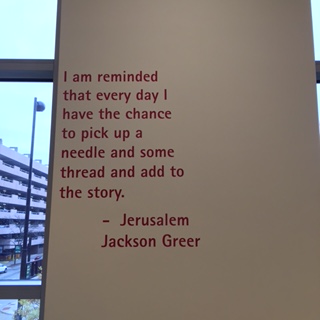 On our first day together, Andrea and I made a list of things she was interested in. I knew a lot of these things about her having drawn for her PATH a few years back: fashion, kids, shopping, doing her nails, her family, her friends, music…Usher specifically.
On our first day together, Andrea and I made a list of things she was interested in. I knew a lot of these things about her having drawn for her PATH a few years back: fashion, kids, shopping, doing her nails, her family, her friends, music…Usher specifically.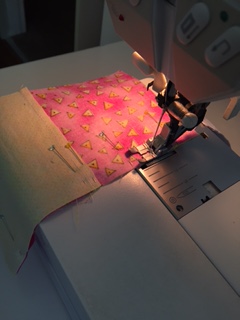

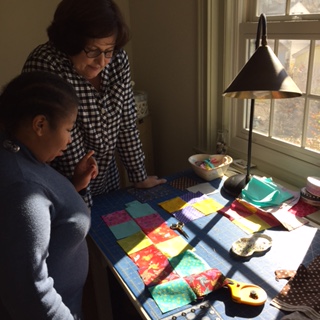
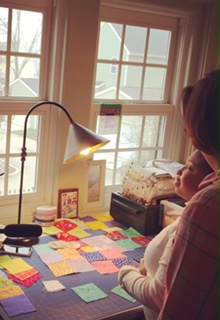

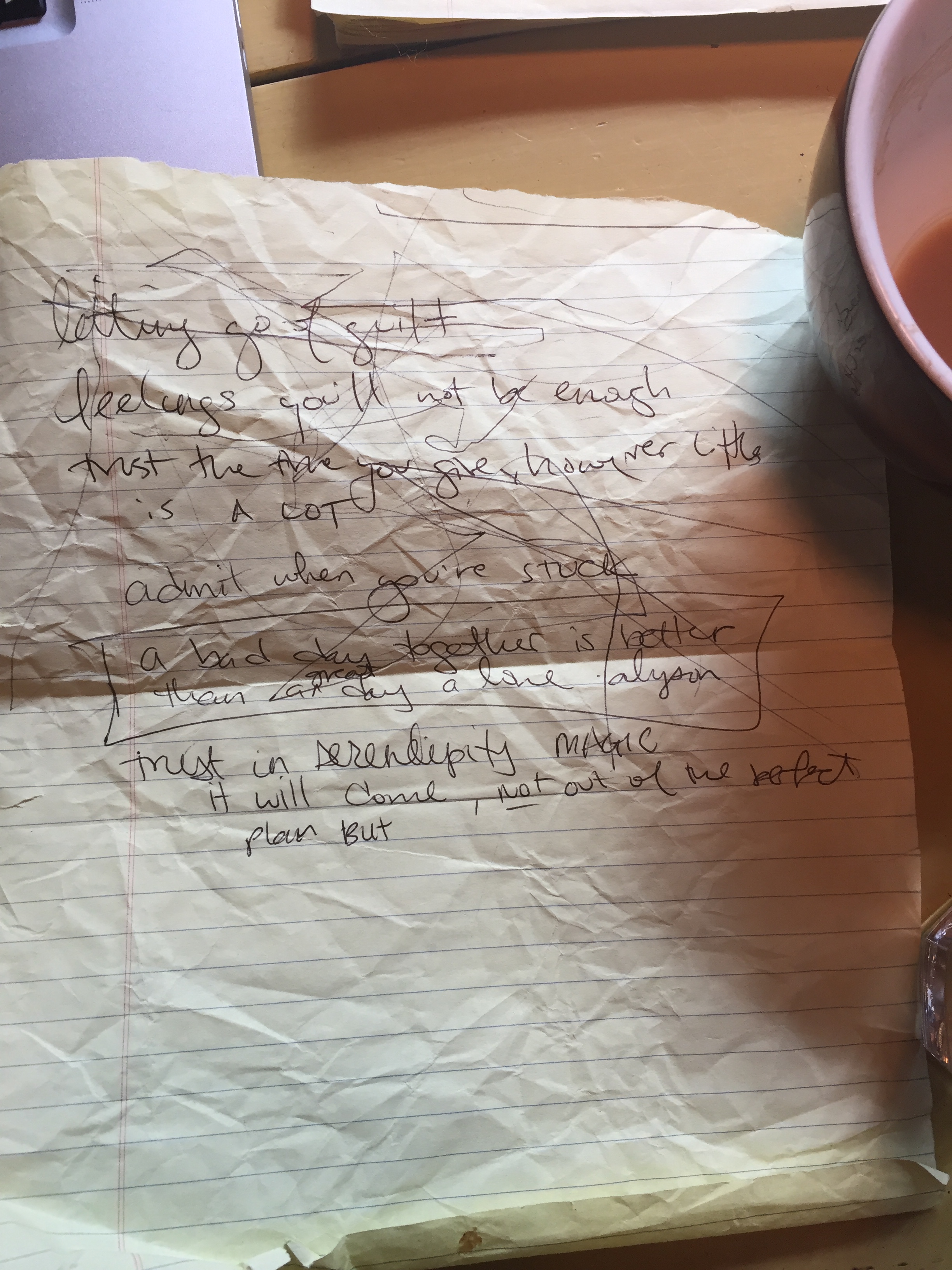
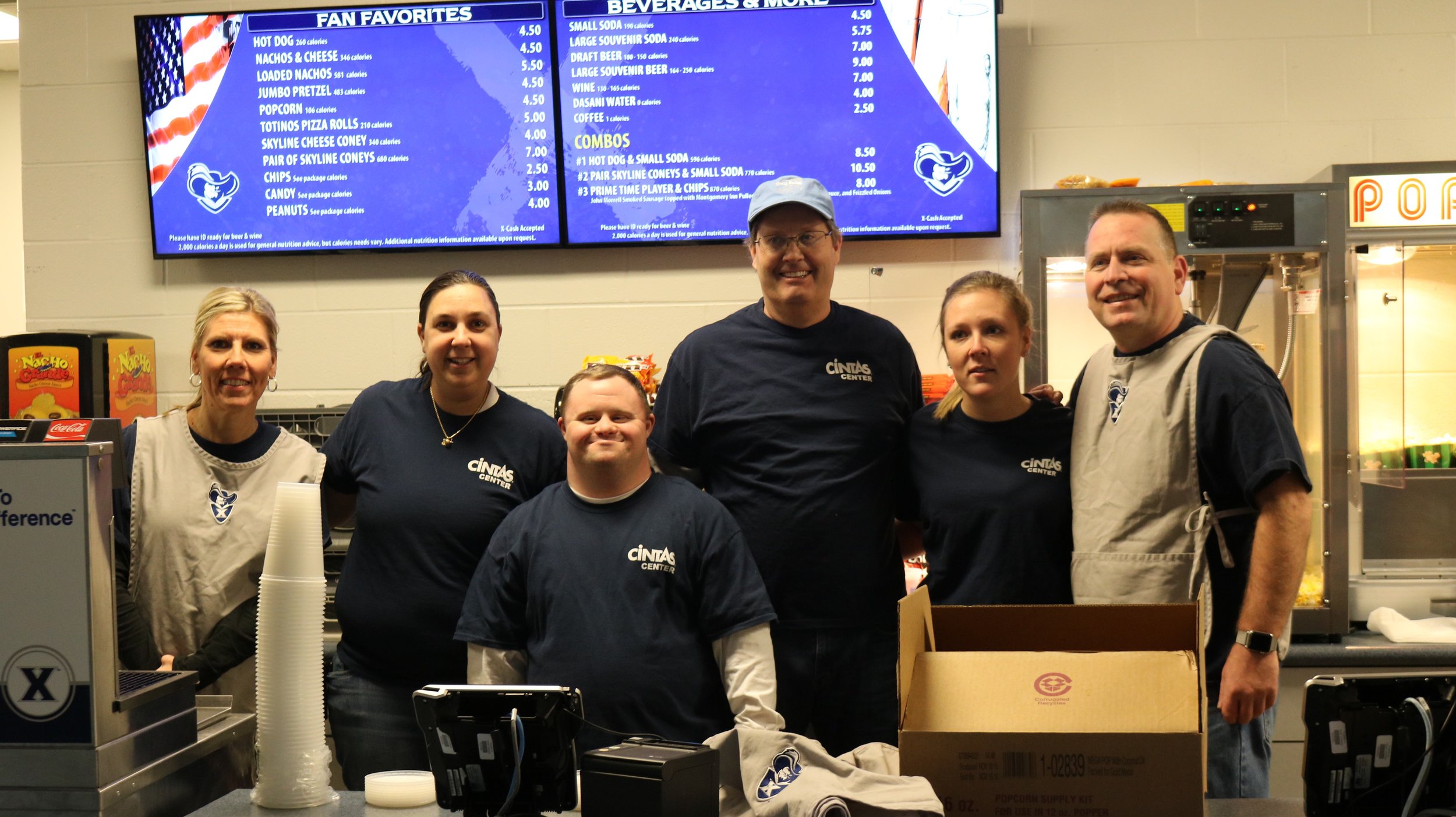 The first thing Josh does when he gets the newspaper is read the sports section. He sits down, pen and pad, and lists all the dates and times of upcoming games he’d like to watch. Being such a committed sports fan, Josh wanted to find a way to not just the watch games - but to give back. He decided to start volunteering at the Xavier University Cintas Center’s concession stands in order to help raise money for a local girls basketball team.
The first thing Josh does when he gets the newspaper is read the sports section. He sits down, pen and pad, and lists all the dates and times of upcoming games he’d like to watch. Being such a committed sports fan, Josh wanted to find a way to not just the watch games - but to give back. He decided to start volunteering at the Xavier University Cintas Center’s concession stands in order to help raise money for a local girls basketball team.